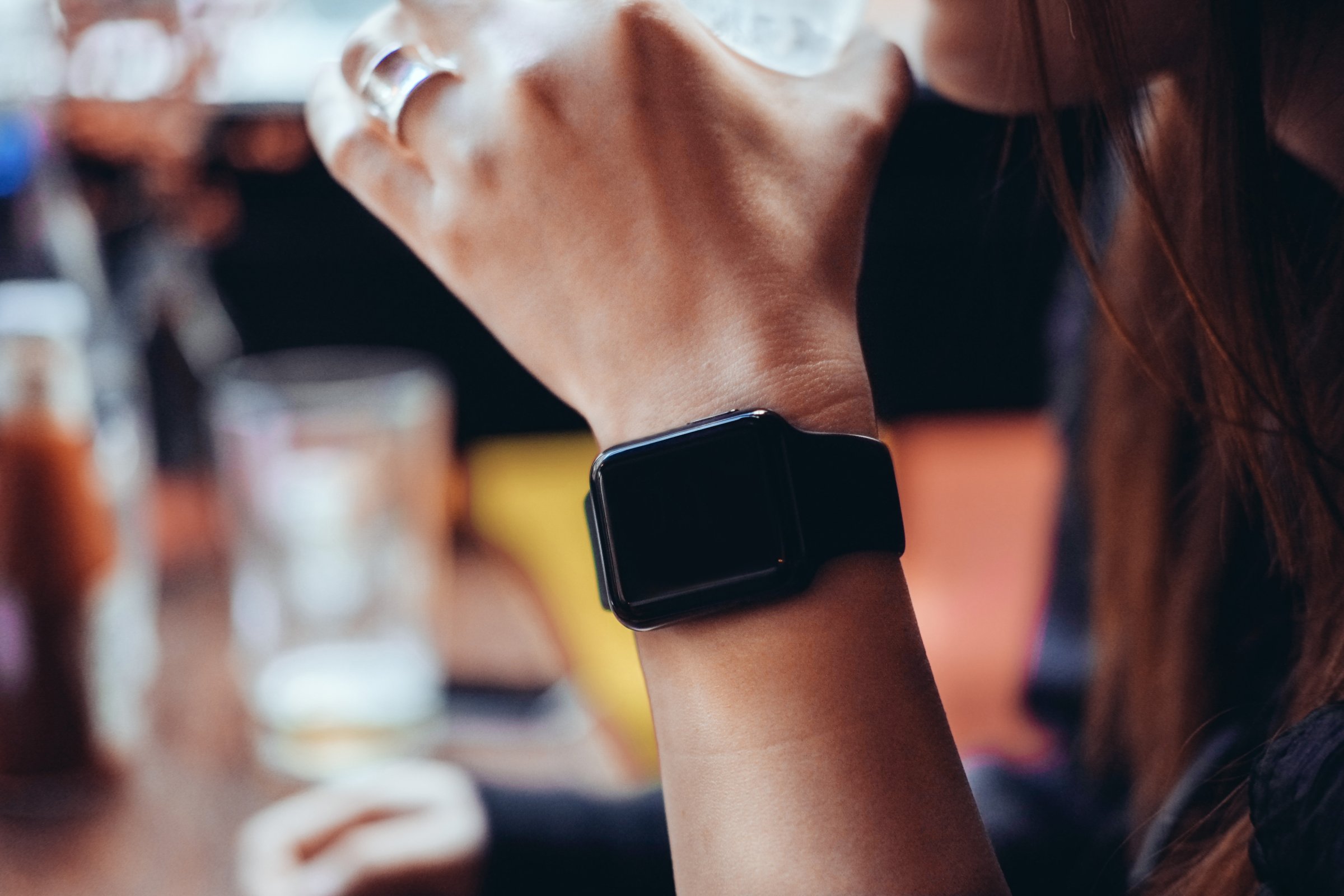
They’re popular, but wearable devices that track exercise or sleep are not always the most accurate predictors of health. Still, researchers see them as promising tools, and in a new study from Stanford University School of Medicine, they found that wearables can potentially let us know when we’re getting sick.
By equipping 60 people with several activity monitors—most people got a Basis smartwatch—the researchers collected close to 2 billion measurements, including heart rate, sleep, fitness, weight, skin temperature and blood oxygen levels. Using this information, they showed it is possible to identify abnormal changes in a person’s typical vital signs, which could signal a change in their health. The findings were published in the journal PLOS Biology.
Study author Michael Snyder, professor and chair of genetics at Stanford, learned that he was getting sick from the feedback he was getting from his own wearable devices. When he was flying to Norway for vacation, Snyder—who was wearing seven biosensors—noticed abnormal changes in his heart rate and blood oxygen levels. When his levels didn’t return to normal, he thought something might be wrong. He soon came down with a fever and was eventually diagnosed with Lyme disease.
“The doctor I visited in Norway was certainly surprised I was following myself that closely,” says Snyder. “I see a world where everyone is wearing these and your smartphone is like your car dashboard: lights go off when things are not quite right, like elevated heart rate or skin temperature.”
The researchers also found that when people had higher heart rates and skin temperatures, they also tended to have higher levels of C-reactive protein in their blood, a marker for inflammation. This can sometimes indicate the presence of disease. If wearables could determine baseline levels for certain health markers, algorithms could be designed to pick up on changes from that baseline—all information that could help reach a diagnosis, the study suggests.
With a few other measurements, algorithms may also be able to predict whether a person is likely to be insulin resistant, which is a precursor for diabetes, the researchers show.
Wearables don’t alert people to meaningful changes in their health yet, but they may in the future. “I see this information getting relayed straight to your doctor’s office,” says Snyder. “Right now, a physician sees you for 15 minutes and takes these measurements in less than a minute—usually when you are anxious, so they are not very accurate.”
If instead a physician could look at how a person’s stats changed over the past few weeks or months, they may be better able to identify any red flags and provide more tailored care.
More Must-Reads from TIME
- Donald Trump Is TIME's 2024 Person of the Year
- Why We Chose Trump as Person of the Year
- Is Intermittent Fasting Good or Bad for You?
- The 100 Must-Read Books of 2024
- The 20 Best Christmas TV Episodes
- Column: If Optimism Feels Ridiculous Now, Try Hope
- The Future of Climate Action Is Trade Policy
- Merle Bombardieri Is Helping People Make the Baby Decision
Contact us at letters@time.com